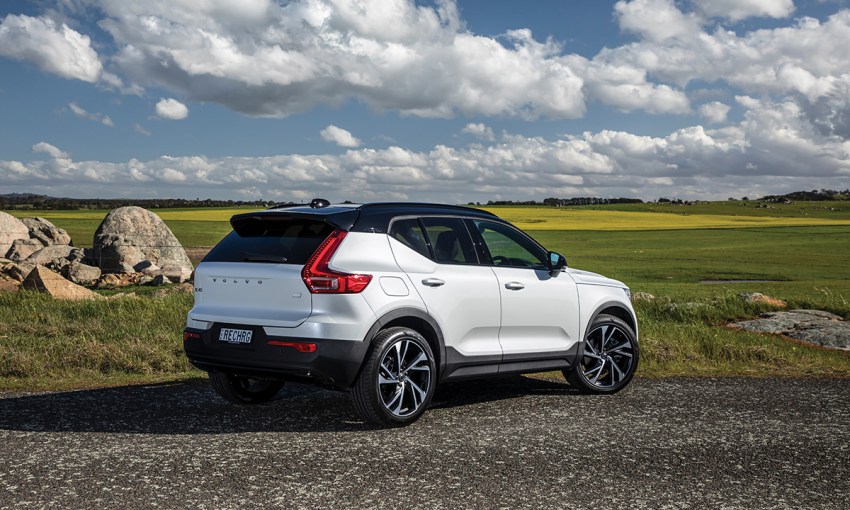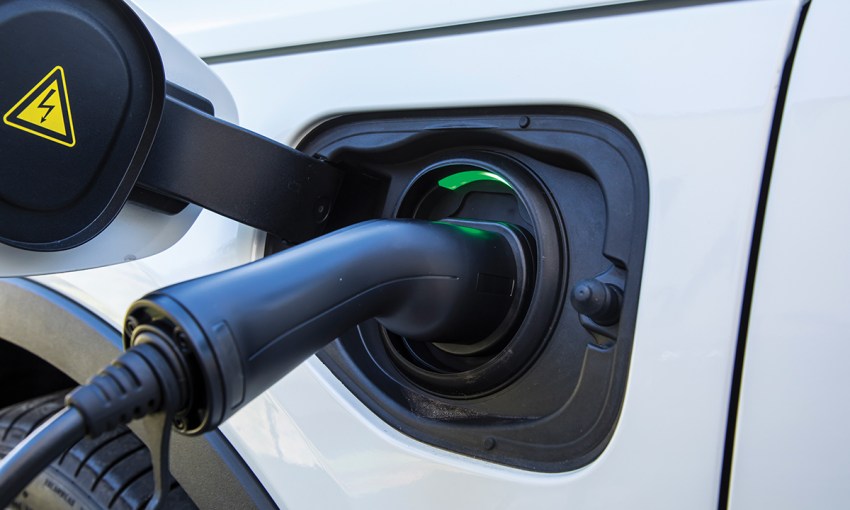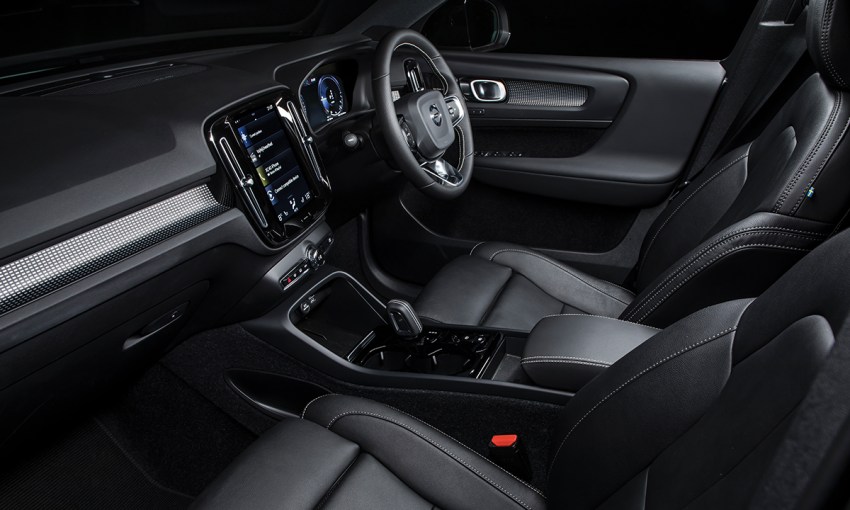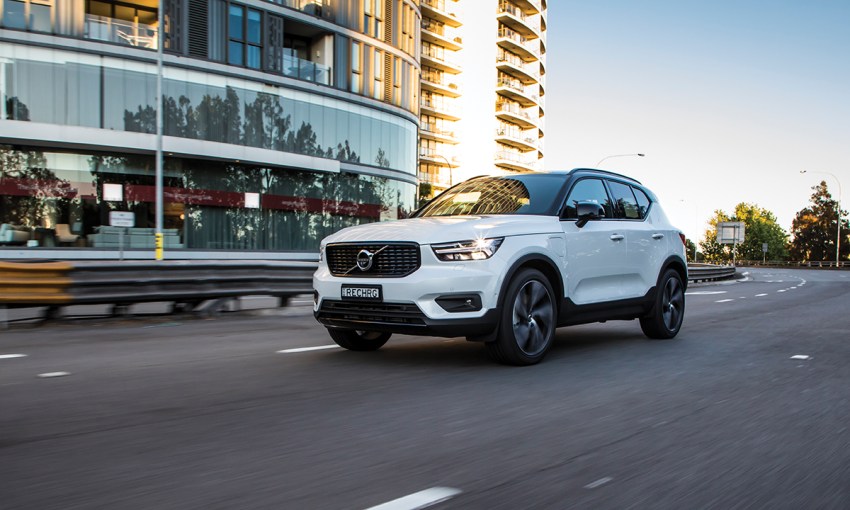It’s time for Australia to accept that electric vehicles are the way of the future. Happily, it doesn’t mean we have to compromise on performance or good looks.
Motoring: Volvo is on a charge
Many of us are on a steep learning curve and we’re having to quickly and comprehensively change our thinking about electric vehicles.
We’ve had to learn the differences between BEVs (battery electric vehicles), hybrids, mild hybrids and PHEV hybrids. We’ve had to re-evaluate our opinions of range, and range anxiety (the fear of the battery going flat before we can access a recharging station).
And perhaps most of all, we’ve had to come to terms with the fact that electric vehicles are the way of the future. Even if we aren’t convinced, most car companies are, and they’re moving ahead with alacrity.
Volvo is spending millions of its Chinese parent company’s funds to push boldly into the EV market. Until Volvo releases its fully electric XC40, the XC40 Recharge PHEV (petrol hybrid electric vehicle) is the flagship model of the range.

When we collect our XC40 Recharge, Volvo sales consultant Sarah is very specific about which buyers will and will not get the maximum benefit, and she makes a point of explaining to intending buyers (and us) how their usage will define whether the XC40 Recharge will be the right choice. This may not be quite as altruistic as it first appears, because there are sufficient XC40 models to meet most needs. And the range will be widened later in the year with Volvo’s first fully electric car, the XC40 Recharge Pure Electric (very literal people, these Swedes).
Our plans include a run to one of the coastal holiday villages 80 kilometres out of town so, at first glance, this may not be the best test for the petrol hybrid. However, the readout shows 40 kilometres of battery power, plus a full 48-litres in the petrol tank and we’re keen to see how close we get to the official consumption figure of 2.2L/100km (the petrol XC40s range from 7.2 to 7.7L/100km).
Our scepticism that a 1.5-litre petrol turbocharged three-cylinder engine may not be up to the task is quickly dispelled. Wending our way through the suburbs reveals the XC40 Recharge easily meets our demands, using its 132kW/265Nm petrol engine supplemented with the 60kW/160Nm electric motor, with all power delivered to the front wheels.

Following Sarah’s suggestion, we key our destination into the sat nav, in which mode, she tells us, the car will automatically switch between petrol and electric power to obtain the best possible result. As usual with hybrids, the first few kilometres are spent watching the hybrid gauge that replaces the tachometer in this model, showing when the petrol engine or electric motor is the motive power, and when the battery is being recharged by the regenerative braking. Other than the hybrid meter, the interior is much like any other Volvo XC40, in other words, stylish, spacious and comfortable.
In electric mode, the experience is eerily quiet and smooth although the 60kW motor doesn’t deliver the expected surge of power, thanks to the Volvo’s fairly hefty 1760kg weight. Switching to Power mode does pep things up a little, but at the expense of the battery reserve.
Eighty kilometres later, we have finally exhausted the battery just as we pull into the driveway. The readout shows that our fuel consumption has been 4.4L/100km.
Even though the battery level meter shows zero, the XC40 reverts to hybrid mode, using the petrol engine mostly, but still with assistance from the electric motor.
Overnight, the XC40 is plugged into a standard household socket (we could have used a recharging station since the XC40 comes with a Type 2 plug). Next morning, the battery is once again fully charged and our electric range readout is 46km.

For the rest of the week, the Volvo is only used for shopping trips into town and back again, a short hop of four or five kilometres. Frequent short trips is where the PHEV is in its element. During the week, we use absolutely no petrol whatsoever. After our run back into the city, the readout shows our combined fuel consumption over the week, including the highway run each way, has been 4.2L/100km.
At $64,990 (plus on-road costs), the $8000 premium over a Volvo XC40 T5 R-Design will take years to recoup. If we were offered incentives such as those offered in other countries, that time would be considerably reduced. Don’t hold your breath. And if Volvo finalises an agreement for free recharging electricity through Chargefox or Jetcharge, that would also change the equation.
The Volvo XC40 Recharge PHEV demands virtually no compromises over conventionally powered vehicles, and after the first few kilometres, you’ll be enjoying the roomy cabin, elegant interior and admiring looks from other motorists, rather than paying attention to what’s under the bonnet. And for most people, that’s just the way they like it.
This story first appeared in the March 2021 issue of SALIFE magazine.



